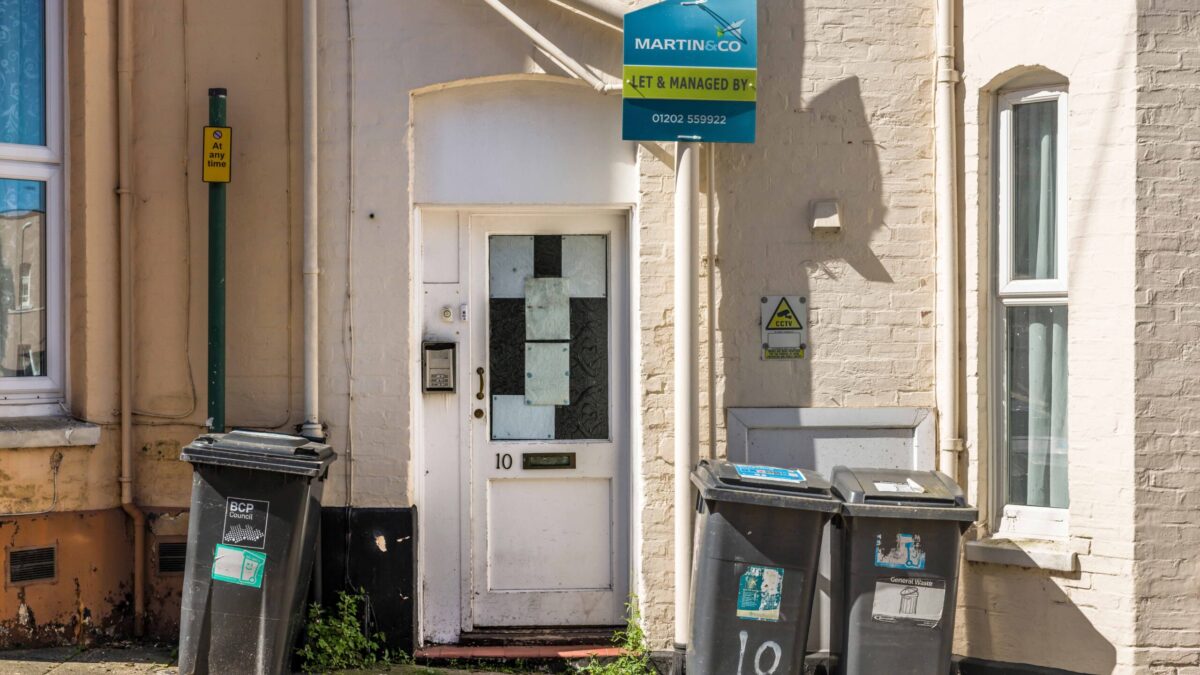
More than a million people living with cardiovascular or respiratory conditions in privately rented properties could be at greater risk of long-term ill health, including hospitalisation and even early death, because of the poor state of their accommodation, according to official figures.
The recent big freeze has raised concerns about the health implications for people living in poor housing where they have been unable to afford to put on the heating, so creating a further risk of mould, damp and other potential health risks.
It has been estimated by the Joseph Rowntree Foundation that, more than one in five of the UK population (22%) are in poverty, or 14.5 million people. Of these, more than half, 8.1 million, are working-age adults.
The parlous state of the UK’s housing sector has also been brought into sharp focus by the recent inquest into the death of two-year-old Awaab Ishak, who died in December 2020 from a respiratory condition caused by prolonged exposure to the mould in his family’s housing association flat.
According to data from the Office for National Statistics (ONS), out of the 10.8 million people living in private households who were estimated to be living in poverty, 1.3 million people had a cardiovascular or respiratory condition, representing 2.5% of the population living in private households.
Of these, 675,000 people had a cardiovascular condition and lived in poverty and 789,000 had a respiratory condition and lived in poverty, the ONS added.
Around a fifth (20.4%) of people with cardiovascular or respiratory conditions lived in poverty, with the poverty rate highest in people with chronic obstructive pulmonary disease (24.4%) and lowest in people who had atrial fibrillation (17.3%).
The proportion of people who had cardiovascular or respiratory conditions and were living in poverty was particularly high in coastal areas and in the north west, the ONS highlighted.
Looking at lower tier local authorities, the proportion was highest in Blackpool (4.6%), Liverpool (3.9%), South Tyne (3.8%) and Burnley (3.7%). It was lowest in Brentwood (1.5%), South Cambridgeshire (1.5%), Rushcliffe (1.6%) and Richmond upon Thames (1.6%).
The proportion of people who had cardiovascular or respiratory conditions and were living in poverty was higher in older age groups, in people living in more deprived areas (3.9% for the most deprived areas, 1.7% for the least deprived areas), and slightly higher in males (2.6%) than females (2.4%), the ONS added.
An analysis by Sky News, meanwhile, has argued that England could be storing up a “massive health problem” because of its ageing housing stock, and now being exacerbated by the cost-of-living crisis.
It has cited figures from the Housing Ombudsman highlighting that, in the eight months to November, there were 30% more complaints and twice as many decisions following investigations into damp, mould and leaks in social housing as there had been in 2020-2021.
Last year was a record high, but if the current trend continues, this year was on track to surpass those numbers, it also argued.
More than one in 10 private rentals have issues with damp and almost a quarter don’t meet the government’s Decent Homes Standard, according to data from the English Housing Survey 2021-2022, the report added.
It also highlighted that the National Audit Office has estimated that poor-quality housing in the private rented sector costs the NHS around £340m a year.
Stay connected with us on social media platform for instant update click here to join our Twitter, & Facebook
We are now on Telegram. Click here to join our channel (@TechiUpdate) and stay updated with the latest Technology headlines.
For all the latest Health News Click Here
For the latest news and updates, follow us on Google News.
